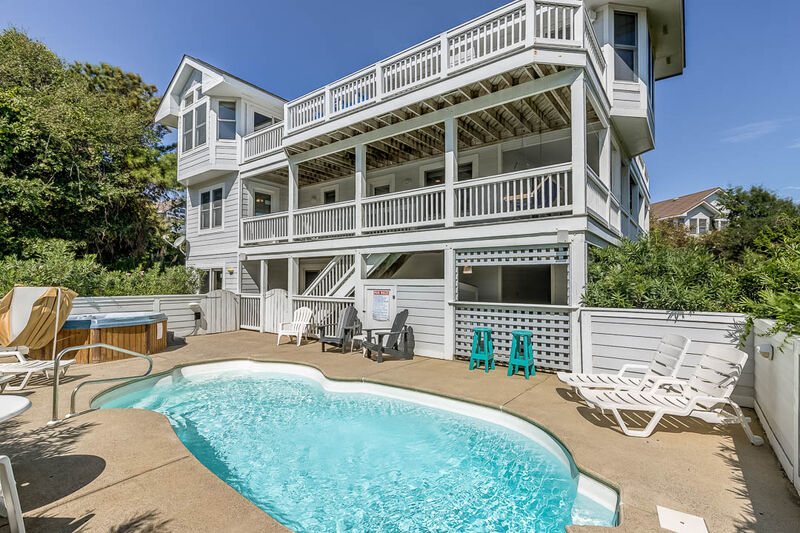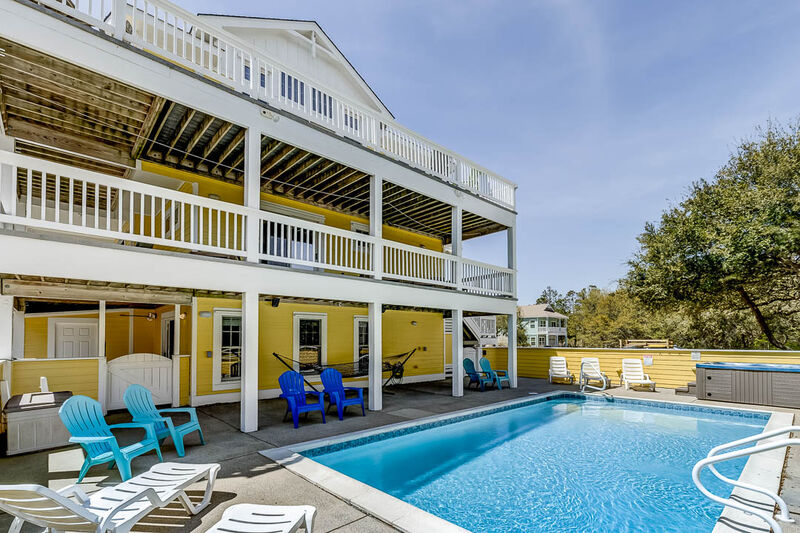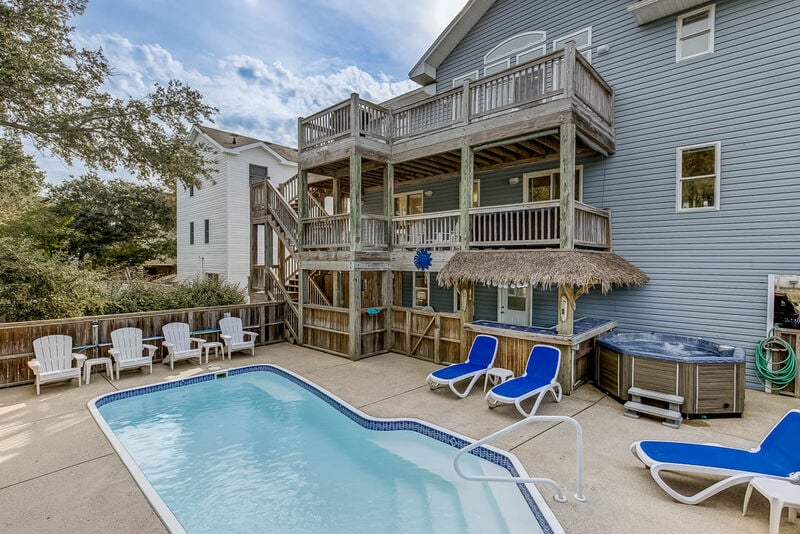The Outer Banks is famous for blue skies and bright golden sun. Yet, every once in a while, storm clouds do gather, and rain comes pouring down. When that happens, don't worry. You and your family can still have a blast with kid-pleasing indoor activities. In fact, the occasional rainy day gives you...
Read MoreTag: Whalehead in Historic Corolla

Occupying 39 acres in Corolla the Whalehead Club today anchors Currituck Heritage Park. The building, painted a startling shade of yellow, is considered an outstanding example of Art Nouveau-style of architecture and is listed on the National Register of Historic Places.However, neither the beauty
Read More
From early settlers to the birth of aviation, there's so much history in the Outer Banks that it's one of the most museum-rich areas in the country.Wright Brothers National MemorialWilbur and Orville Wright, self-taught mechanics from Dayton, Ohio, came to Kitty Hawk and changed the world when they
Read More






